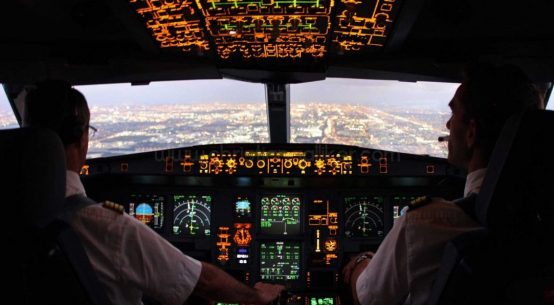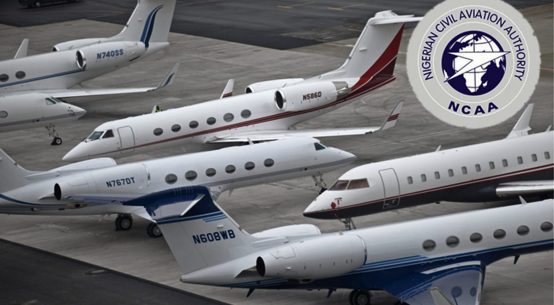
September traffic data from the International Air Transport Association (IATA) shows a sluggish 2 percent year-over-year growth in demand, measured in freight tonne kilometers (FTKs) – less than half of the five-year average growth rate of 5.1 percent. The report is essentially on par with the WorldACD’s September analysis, which reported an even slimmer growth margin of 0.9 percent.
IATA said the loss of momentum in demand for capacity is likely attributable to two main factors: a contraction in shipper’s export order books – i.e. general demand for export transportation, and longer supplier delivery times in Asia and Europe – which means a reduced need for airfreight in favor of less-expensive modes of transportation.
Middle Eastern and Latin American carriers experienced the highest demand, at 6.6 and 2.9 percent, respectively, compared with the previous September, although the more robust traffic figures being reported during the first half of 2018 in Latin America may be beginning to subside.
North American and European carriers saw demand stagnate – both regions experiencing a 1.5 percent increase.
The African region contracted for the sixth time in the last seven months, with a 2.1 percent, year-over-year, reduction in September FTK volume.
The WorldACD said there was an accumulation of factors that could distort airfreight demand during September, so it is still too soon to say if this is the start of a trend in weakening demand, but Air Cargo World thinks it would be prudent for the industry to brace itself for a slow-down after a whirlwind year in air cargo.
.









